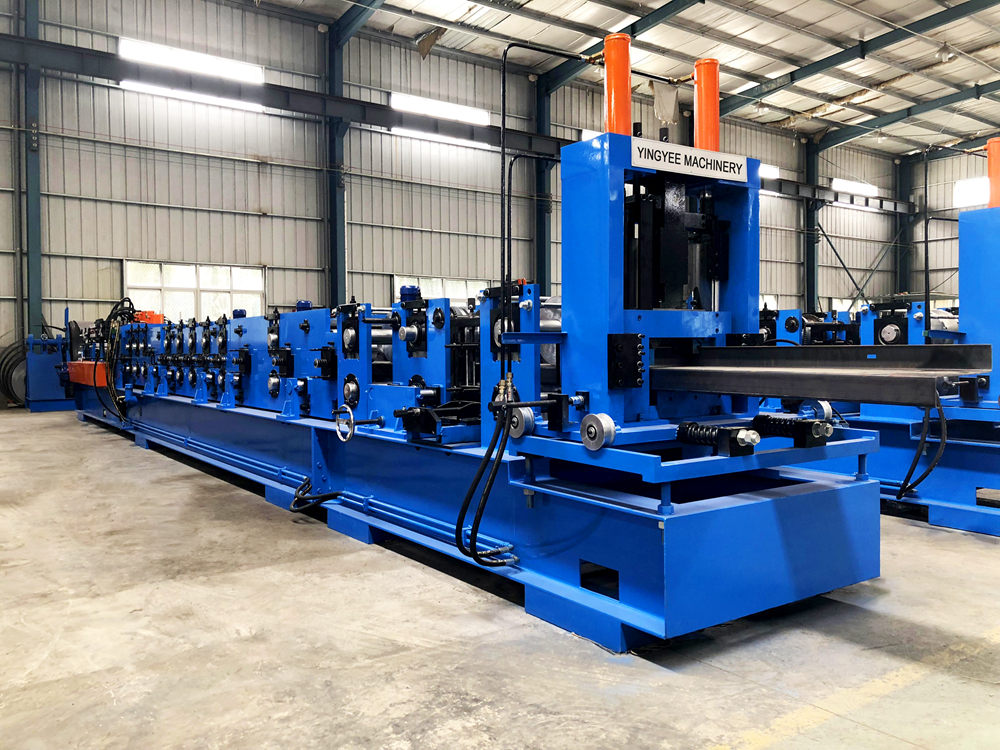
Advancements in Roofing Material Machinery Meeting Modern Demands
The roofing industry has evolved significantly over the years, driven by advancements in technology and changes in consumer preferences. With the growing demand for durable, sustainable, and energy-efficient roofing materials, the machinery used in the production of these materials has also undergone substantial transformation. This article explores the latest innovations in roofing material machinery and how they are shaping the future of the industry.
The Evolution of Roofing Materials
Traditionally, roofing materials included options like asphalt shingles, wooden shakes, and tiles made from clay or concrete. While these materials are still widely used, there has been a noticeable shift towards more innovative products, such as metal roofing, synthetic materials, and green roofs. This shift requires different approaches to manufacturing, leading to significant developments in roofing material machinery.
Recent years have seen the introduction of specialized equipment designed to produce advanced roofing materials. These machines not only enhance the quality of the products but also increase production efficiency, reduce waste, and lower costs. For example, machinery that integrates state-of-the-art automation and precision engineering allows manufacturers to maintain consistent quality while meeting large-scale demands.
Key Innovations in Roofing Material Machinery
1. Automated Production Lines Automation has transformed the way roofing materials are produced. Automated machinery can streamline the production process, allowing for higher output and reduced labor costs. These systems often include robotics for handling materials, which minimizes human error and enhances safety.
2. Advanced Cutting Technologies Precise cutting is essential in roofing material production, especially for materials like shingles and metal panels. Technologies such as laser cutting and CNC (computer numerical control) machining have become standard in many factories. These innovations enable manufacturers to create complex shapes and designs with minimal waste.

3. Recyclability and Sustainability As the world becomes more environmentally conscious, the machinery used in roofing material production is also evolving to support sustainability. Manufacturers are now producing machines that can handle recycled materials, allowing for the creation of eco-friendly roofing products. Additionally, machinery designed to minimize energy consumption has become a priority, aligning with the industry's commitment to sustainability.
4. Quality Control Systems The implementation of advanced quality control systems ensures that roofing materials meet stringent standards. Infrared and x-ray technology can be used to inspect products during production, identifying defects that could compromise the integrity of the roofing materials. This level of quality assurance is crucial for maintaining customer trust and reducing returns.
Future Trends in Roofing Material Machinery
Looking ahead, several trends are likely to shape the roofing material machinery landscape. The rise of smart factories, where machinery is interconnected through the Internet of Things (IoT), promises to optimize production processes. Real-time data analysis can lead to informed decision-making, ultimately resulting in better product quality and reduced downtime.
Another trend is the increasing use of 3D printing in roofing material production. This technology allows for the rapid prototyping of roofing materials and offers the possibility of creating highly customizable solutions that cater to specific architectural designs. As 3D printing technology advances, it may become a standard practice in the roofing industry.
Conclusion
The roofing material machinery sector is on the cusp of exciting changes driven by technological advancements and evolving consumer needs. From automated production lines to sustainable practices and quality control innovations, the machinery that produces roofing materials is becoming more efficient, environmentally friendly, and capable of delivering high-quality products. As the industry continues to adapt, it will be essential for manufacturers to stay at the forefront of these advancements to meet the growing demands for modern roofing solutions. Embracing these innovations will not only lead to competitive advantage but also contribute positively to a sustainable future in construction and building materials.